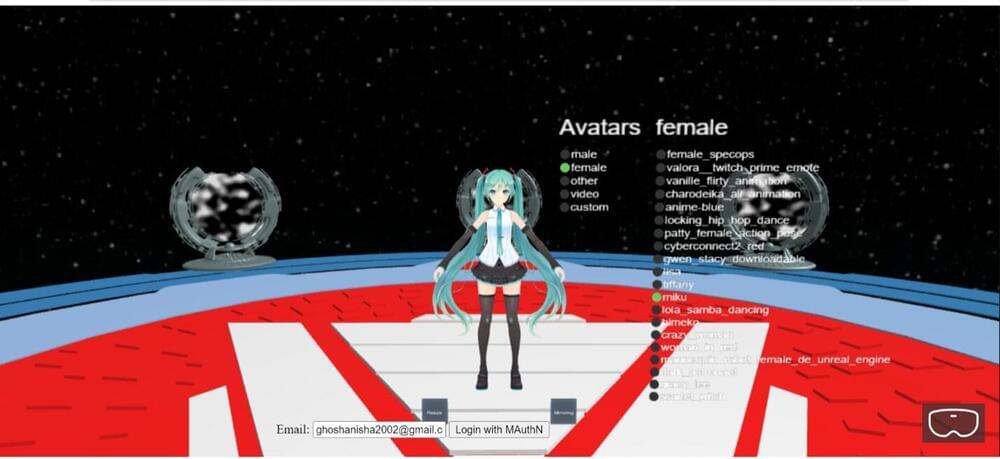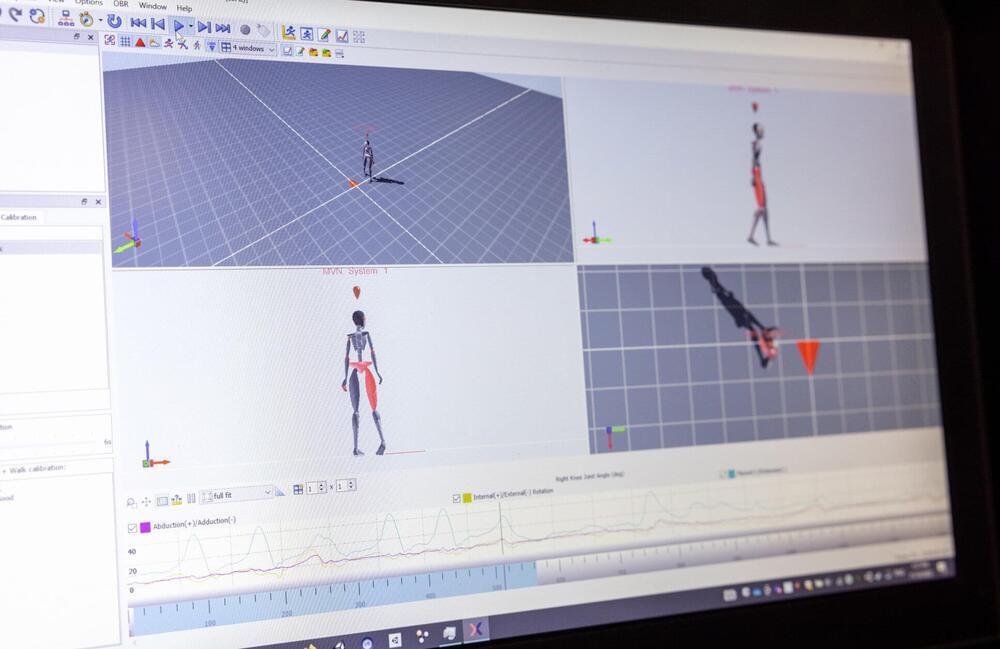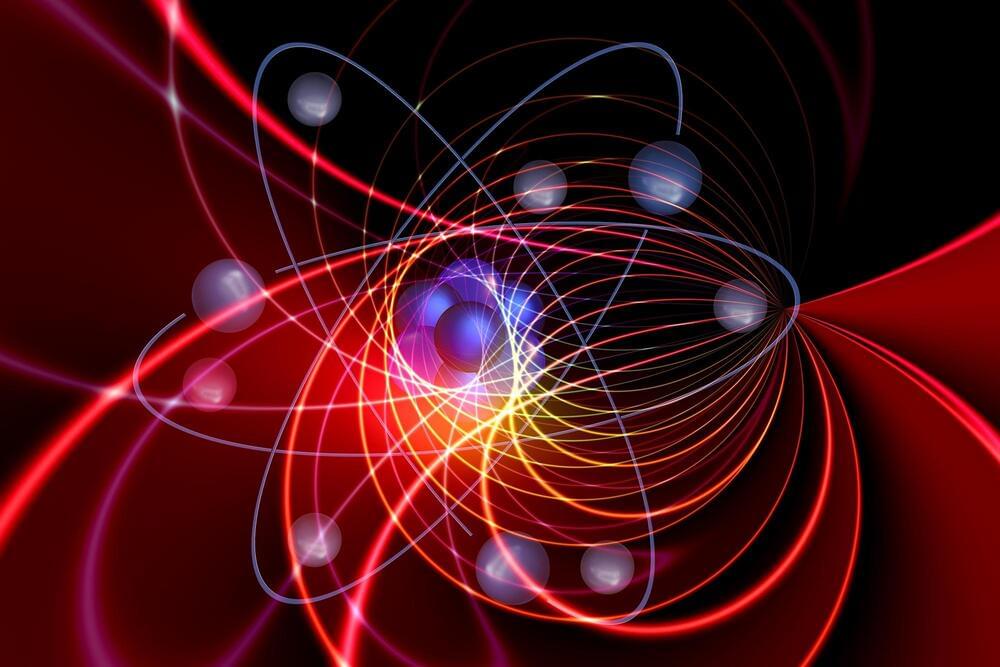Jan 23, 2023
AI Will Create 97 Million Jobs, But Workers Don’t Have the Skills Required (Yet)
Posted by Shubham Ghosh Roy in categories: employment, robotics/AI
The question is no longer whether AI will change the workplace; it’s how companies can successfully use it in ways that enable – not replace – the human workforce. AI will help to make humans faster, more efficient, and more productive.
It’s true that AI will threaten some unskilled jobs through automation, but it will also potentially create different kinds of jobs that require new skill sets that will be developed through training.
AI can be used in manufacturing to make processes more efficient while also keeping human workers out of harm’s way. Opportunities to leverage AI and machine learning in manufacturing include product development, logistics optimization, predictive maintenance, and robotics.


















